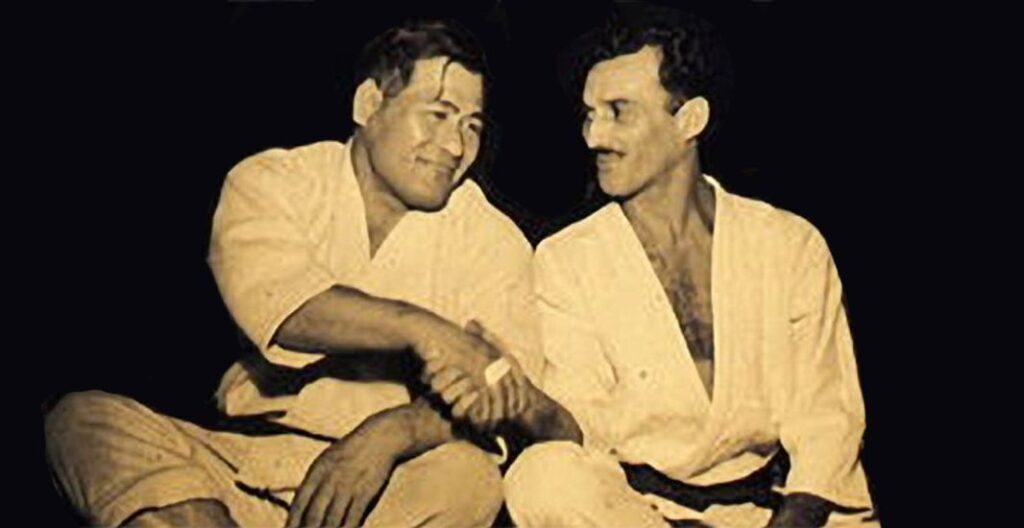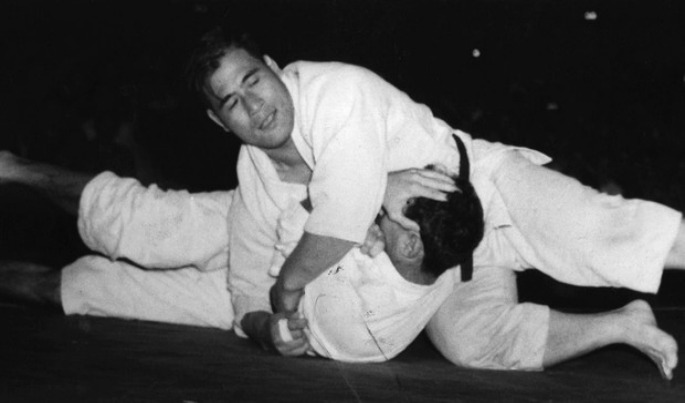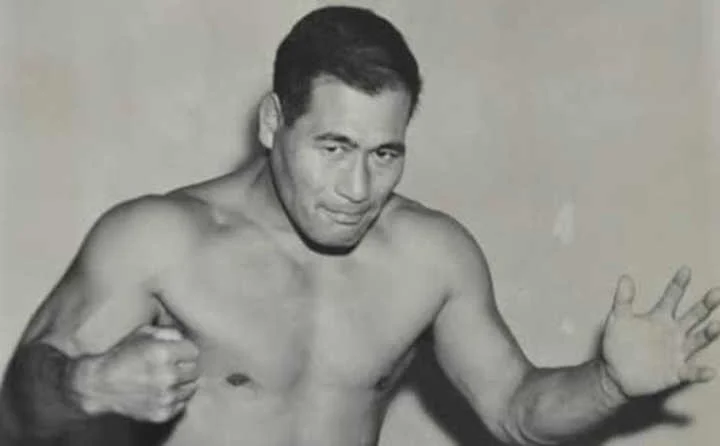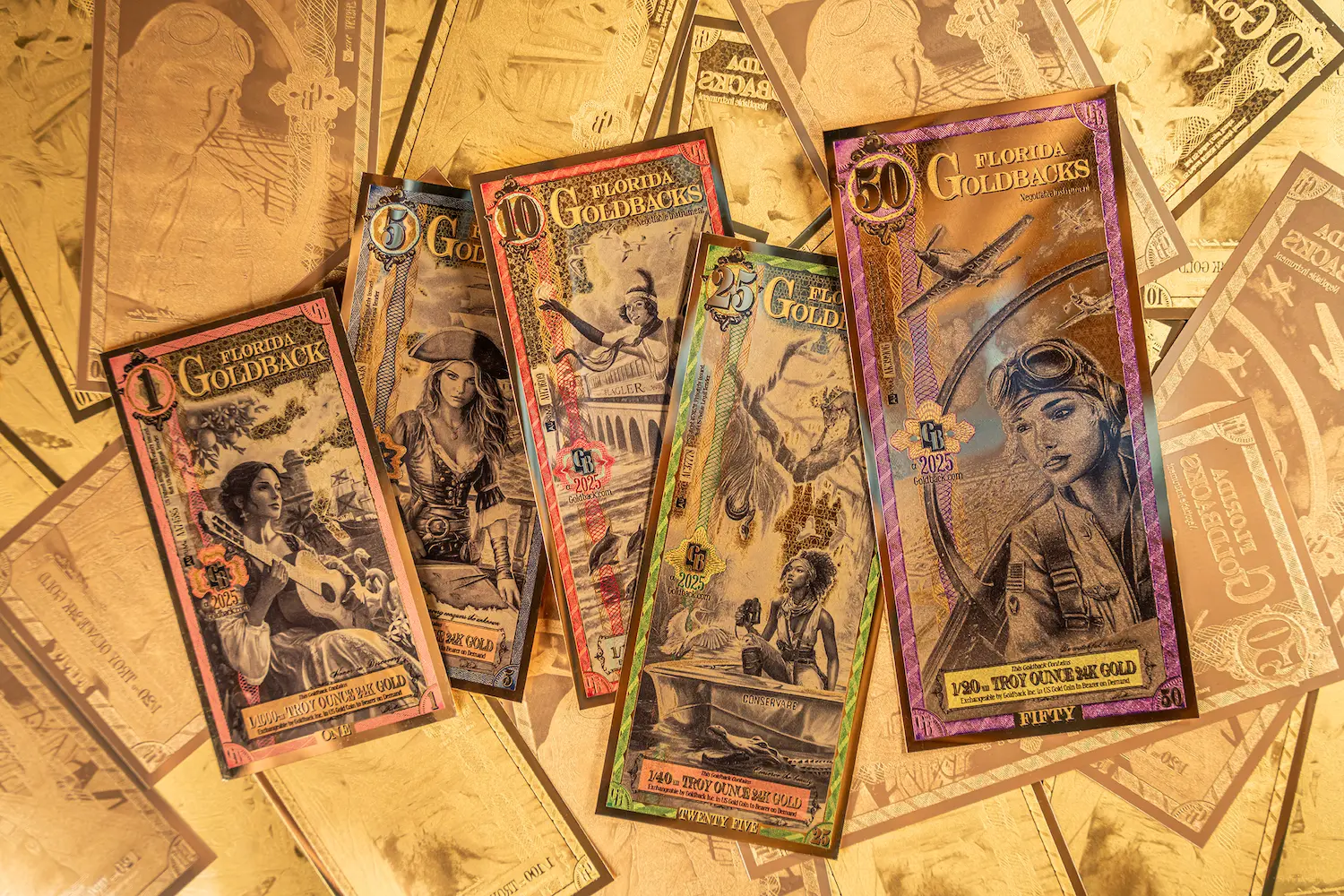Table of Contents
Early Life and Introduction to Judo
Born on September 10, 1917, in Kumamoto, Japan, Masahiko Kimura demonstrated extraordinary discipline and focus, traits that would define his illustrious career. At the age of nine, he began his judo journey, captivated by the art’s unique blend of skill and strategy. His progress was rapid, and by 15, he earned the rank of yondan (4th dan), a feat achieved by defeating six experienced opponents in consecutive matches. Kimura’s exceptional talent and determination were evident even at this young age, laying the foundation for his future as one of the sport’s greatest practitioners. His early accomplishments reflected not only his innate ability but also his relentless drive to master judo.
At just 18, Masahiko Kimura achieved an unprecedented milestone, becoming the youngest judoka to earn a godan (5th-degree black belt) at the prestigious Kodokan Judo Institute. This accolade came after he triumphed over eight opponents in succession, solidifying his reputation as a prodigy in the martial arts world. The Kodokan, known as the global hub for judo, recognized Kimura’s skills and potential, a testament to his rigorous training and unmatched competitive spirit. These early years marked the beginning of his journey toward becoming an iconic figure in martial arts history, inspiring future generations of judokas worldwide.
Dominance in Judo Competitions
Masahiko Kimura’s unparalleled success in judo was a testament to his rigorous training and unyielding dedication. Under the mentorship of Tatsukuma Ushijima, he engaged in daily sparring sessions that pushed him to his physical and mental limits. Kimura’s training routine was grueling, including thousands of push-ups and hours of randori, or sparring. He famously practiced his signature move, the osoto gari, repeatedly against a tree until the bark was stripped away, showcasing his commitment to perfection. These intense efforts laid the foundation for his competitive dominance, allowing him to outclass his opponents with precision and power. Kimura’s discipline and resilience became hallmarks of his judo career.
Between 1937 and 1939, Masahiko Kimura secured his place in history by winning the All-Japan Judo Championships three consecutive times, an extraordinary feat in an openweight competition. His performance was marked by both technical brilliance and physical superiority, earning him widespread recognition as one of the sport’s greatest competitors. Remarkably, from 1936 to 1950, Kimura remained undefeated in all judo matches, a streak that underscored his unmatched skill and dominance. His victories not only brought him fame but also elevated the status of judo as a competitive martial art worldwide. Kimura’s achievements during this period continue to inspire generations of judokas.
Transition to International Fame
Masahiko Kimura’s reputation as a dominant judoka transcended national borders as he embarked on international tours to showcase his unmatched skills. His journey to Brazil in 1949 marked a pivotal chapter in his career, as it introduced him to the burgeoning world of Brazilian Jiu-Jitsu. During this time, martial arts in Brazil were heavily influenced by the Gracie family, who were known for their innovative grappling techniques. Kimura’s arrival captivated audiences, not only because of his unparalleled achievements in judo but also because of the cultural exchange that would ensue between the two distinct martial arts traditions. His visit brought global attention to the martial arts community, setting the stage for a clash of styles.
In Brazil, Masahiko Kimura’s meeting with Hélio Gracie led to one of the most iconic moments in combat sports history. The two faced off in a highly publicized bout under Gracie’s unique ruleset, which disallowed victories by pins and required submission or incapacitation for a win. Kimura’s technical superiority and physical dominance were on full display as he controlled the match and ultimately applied the now-famous gyaku ude-garami, which would later be named the “Kimura lock.” This victory solidified Kimura’s place in martial arts lore, symbolizing both his adaptability and his indelible impact on grappling disciplines worldwide.
The Legendary Match Against Hélio Gracie
The iconic showdown between Masahiko Kimura and Hélio Gracie took place on October 23, 1951, in front of 20,000 spectators at Rio de Janeiro’s Maracanã Stadium. The bout carried immense stakes, as the Gracie family was renowned for their Brazilian Jiu-Jitsu prowess. The rules heavily favored Gracie, disallowing victory by throws or pins, which were staples of judo, and permitting only submissions or knockouts to decide the outcome. Despite these limitations, Kimura’s technical skill and physical dominance were undeniable. Throughout the match, he executed multiple powerful throws, including his signature osoto gari, showcasing his superior judo techniques to the enthusiastic crowd, which included Brazil’s president, Getúlio Vargas.
Masahiko Kimura’s decisive moment came when he pinned Gracie with kuzure-kami-shiho-gatame before transitioning into the gyaku ude-garami submission. Gracie refused to tap, even as his arm broke under the pressure. The match ended when Gracie’s corner threw in the towel, marking a victory that transcended the competition itself. The submission hold used by Kimura was forever immortalized as the “Kimura lock,” a technique now synonymous with dominance in grappling arts. This match not only cemented Kimura’s legacy but also strengthened the bond between judo and Brazilian Jiu-Jitsu, sparking mutual respect and collaboration between the two disciplines.

Rigorous Training and Karate Influence
Masahiko Kimura’s commitment to self-improvement was evident in his rigorous training regimen and his willingness to explore martial arts beyond judo. To enhance his grappling strength and technique, he trained under Gichin Funakoshi, the founder of Shotokan Karate, mastering the foundational principles of striking and balance. Later, he transitioned to Goju-Ryu Karate under So-Nei Chu, where he adopted the makiwara, a traditional tool for conditioning hands. This daily practice not only fortified his grip strength but also refined his precision and control, making him even more formidable on the mat. The blend of karate and judo disciplines gave Kimura an edge, allowing him to execute techniques with superior strength and efficiency.
Masahiko Kimura’s exploration of karate techniques directly influenced his legendary judo performance, contributing to his ability to dominate opponents in both competition and exhibition. The makiwara training, combined with his unparalleled work ethic, ensured that his hands were powerful and durable, traits that translated into more effective throws and submissions. By incorporating elements from karate, such as hand conditioning and body mechanics, he elevated his judo skills to an unmatched level. This interdisciplinary approach demonstrated Kimura’s forward-thinking attitude and underscored why he is celebrated as one of the greatest martial artists in history.
Entry into Professional Wrestling
In the 1950s, Masahiko Kimura made the pivotal decision to transition into professional wrestling, driven by the need for financial stability and the desire to continue demonstrating his martial arts prowess. During this era, Japan was witnessing the emergence of professional wrestling as a popular form of entertainment, and Kimura’s reputation as a judo champion positioned him perfectly for the spotlight. He quickly became a household name, competing in marquee matches that showcased his grappling skills and captivated audiences across the nation. His bouts, infused with elements of real martial arts, introduced a level of authenticity that elevated wrestling’s appeal and drew attention to the technical aspects of combat sports.
Masahiko Kimura’s professional wrestling career was marked by iconic matchups, including his memorable clashes with Rikidōzan, a wrestling legend and cultural icon in Japan. Their encounters were highly publicized and instrumental in building the popularity of professional wrestling during the post-war period. Kimura’s participation not only entertained but also educated audiences about martial arts techniques, bridging the gap between judo and wrestling. His ability to adapt to the theatrical and competitive elements of wrestling demonstrated his versatility as an athlete and his influence on the development of combat sports in Japan.
The Controversial Rikidōzan Match
One of the most dramatic moments in Masahiko Kimura’s professional wrestling career occurred during his infamous match against Rikidōzan, a fellow wrestling icon. The bout, intended to follow a pre-arranged script, took a shocking turn when Rikidōzan broke the agreement, launching real and aggressive strikes against Kimura. Caught off guard, Kimura was struck in the neck and rendered unconscious, leading to an unexpected and controversial loss. This incident not only marked a turning point in Kimura’s career but also exposed the volatile nature of early professional wrestling in Japan. The match became notorious, symbolizing the tension between scripted entertainment and the legitimacy of martial arts skills in the wrestling world.
The fallout from the Rikidōzan match added complexity to Masahiko Kimura’s legacy, as it highlighted the challenges of transitioning from legitimate combat sports to the theatrical realm of professional wrestling. While the loss was controversial, it did not diminish Kimura’s reputation as a martial arts legend. Instead, it underscored his resilience and his willingness to step into uncharted territory, even at the risk of personal and professional setbacks. The match remains a pivotal chapter in Japanese wrestling history, showcasing Kimura’s enduring influence on the development of combat sports and the cultural shift toward entertainment-focused wrestling.

A Final Test of Strength
In 1959, Masahiko Kimura returned to Brazil for what would become his final series of matches, including a highly anticipated bout against Waldemar Santana. Santana, a formidable opponent known for his expertise in jiu-jitsu and capoeira, posed a significant challenge. Despite battling illness, Kimura entered the ring with his characteristic determination, ready to showcase the skill and tenacity that defined his career. The match was intense and physically taxing, with both fighters displaying exceptional technique and resilience. Kimura’s performance highlighted his ability to adapt and overcome adversity, even under less-than-ideal conditions, further enhancing his reputation as a martial arts icon.
The match against Santana underscored the enduring legacy of Masahiko Kimura as a competitor who never shied away from difficult challenges. While Santana’s youth and strength were evident, Kimura’s mastery of grappling and striking techniques kept the fight balanced. His sportsmanship throughout the grueling contest resonated with audiences, solidifying his status as a symbol of perseverance and martial arts excellence. By accepting high-stakes matches in Brazil, Kimura not only expanded his influence internationally but also demonstrated the universal appeal of his skill and character, leaving an indelible mark on the global combat sports community.
A Final Test of Strength
In 1959, Masahiko Kimura returned to Brazil for what would become his final series of matches, including a highly anticipated bout against Waldemar Santana. Santana, a formidable opponent known for his expertise in jiu-jitsu and capoeira, posed a significant challenge. Despite battling illness, Kimura entered the ring with his characteristic determination, ready to showcase the skill and tenacity that defined his career. The match was intense and physically taxing, with both fighters displaying exceptional technique and resilience. Kimura’s performance highlighted his ability to adapt and overcome adversity, even under less-than-ideal conditions, further enhancing his reputation as a martial arts icon.
The match against Santana underscored the enduring legacy of Masahiko Kimura as a competitor who never shied away from difficult challenges. While Santana’s youth and strength were evident, Kimura’s mastery of grappling and striking techniques kept the fight balanced. His sportsmanship throughout the grueling contest resonated with audiences, solidifying his status as a symbol of perseverance and martial arts excellence. By accepting high-stakes matches in Brazil, Kimura not only expanded his influence internationally but also demonstrated the universal appeal of his skill and character, leaving an indelible mark on the global combat sports community.
Balancing Personal Struggles and Professional Ambitions
While Masahiko Kimura was celebrated for his unparalleled achievements in martial arts, his personal life was marked by significant challenges. One of his most profound struggles was his wife’s illness, which deeply impacted him and became a motivating factor in his decision to transition to professional wrestling. Seeking financial stability to cover her medical expenses, Kimura entered the world of wrestling, where he could leverage his fame and skills for greater earnings. This career shift demonstrated his unwavering commitment to his family, highlighting a side of him that extended beyond the dojo or the wrestling ring. Despite these personal trials, his determination and resilience never faltered, further elevating his legacy as both a martial artist and a devoted family man.
Throughout his career, Masahiko Kimura remained steadfast in balancing the demands of his profession with his personal responsibilities. His ability to persevere through adversity—whether it was the physical toll of intense training or the emotional weight of his wife’s illness—showcased the depth of his character. While his public image was that of an invincible champion, those close to him knew of the sacrifices he made to provide for his family and honor his commitments. His journey is a testament to his dedication, as he continued to achieve greatness in his craft while navigating the complexities of his personal life, solidifying his reputation as a true icon of perseverance and strength.

Inspiring Generations Through Teaching
After retiring from competitive martial arts, Masahiko Kimura dedicated his later years to teaching and promoting judo. He shared his knowledge and expertise with students worldwide, emphasizing the discipline, precision, and resilience that defined his career. Through seminars and demonstrations, Kimura inspired countless martial artists to adopt his rigorous training methods and embrace the values of hard work and perseverance. His commitment to passing on his knowledge ensured that his techniques, including the famous Kimura lock, would remain a cornerstone of judo and Brazilian Jiu-Jitsu. Kimura’s influence extended far beyond his personal achievements, solidifying his role as a guiding figure in the martial arts community and a symbol of excellence.
Masahiko Kimura also cemented his legacy through his autobiography, My Judo, which provided a detailed look at his philosophy, training regimen, and historic matches. This book allowed readers to understand the mindset of one of the greatest judokas in history and offered valuable lessons for both practitioners and enthusiasts. His death on April 18, 1993, following a battle with lung cancer, marked the end of an era, but his impact on martial arts endures. From his dominance in judo competitions to his international fame and mentoring, Kimura’s unparalleled contributions continue to resonate, inspiring martial artists across the globe and ensuring his name remains synonymous with greatness.
The Timeless Legacy of Masahiko Kimura
Masahiko Kimura’s journey through the world of martial arts remains a powerful narrative of determination and skill. From his early years in judo to his unparalleled dominance in competitions, Kimura consistently pushed the boundaries of what could be achieved in combat sports. His legendary match against Hélio Gracie not only showcased his technical prowess but also bridged two martial arts cultures, solidifying his place in history. The Kimura lock, named in his honor, symbolizes his lasting influence, becoming a cornerstone technique in Brazilian Jiu-Jitsu and mixed martial arts. Kimura’s career reflected a relentless pursuit of mastery, inspiring athletes across disciplines to strive for excellence.
Even decades after his passing, Masahiko Kimura’s legacy continues to shape martial arts globally. His ability to seamlessly combine technique, innovation, and mental fortitude has become a standard for practitioners. Beyond his physical achievements, Kimura’s life demonstrated the unifying potential of martial arts, transcending cultural barriers and connecting fighters worldwide. The enduring prominence of the Kimura lock in modern combat sports is a testament to his groundbreaking impact. Kimura’s story is not just about victories but also about the lessons of discipline, respect, and resilience that remain relevant to martial artists and sports enthusiasts today.
How useful was this post?
Click on a star to rate it!
Average rating / 5. Vote count:
No votes so far! Be the first to rate this post.
Author
-

Meet Dr. Kendall Gregory, a highly accomplished professional with a remarkable academic background and a deep passion for empowering individuals through knowledge. Dr. Gregory’s educational journey began with a Bachelor of Science degree, followed by a Doctor of Chiropractic Medicine, focusing on diagnosing and treating musculoskeletal conditions. He further expanded his expertise with a Master's degree in Oriental Medicine, specializing in acupuncture and Chinese herbology, and a Master's degree in Health Care Administration, emphasizing his dedication to improving healthcare systems. Dr. Gregory combines his extensive knowledge and practical experience to provide comprehensive and integrative healthcare solutions. Through his writings, he aims to inspire individuals to take charge of their health and make informed decisions.
View all posts






